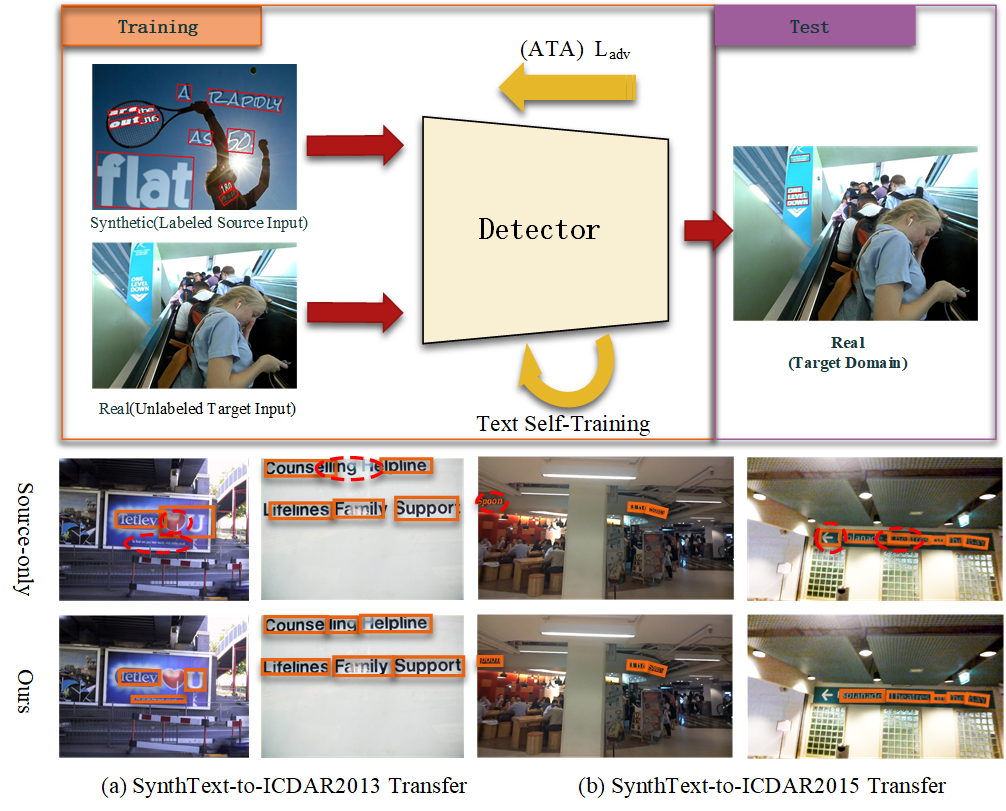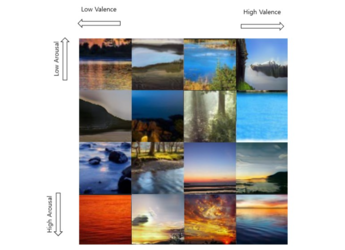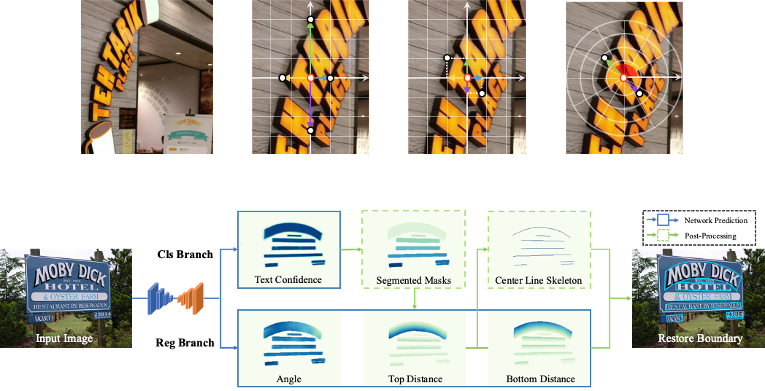Unsupervised Domain Adaptive Object Detection using Forward-Backward Cyclic Adaptation
Siqi Yang (University of Queensland)*, Lin Wu (University of Queensland), Arnold Wiliem (the University of Queensland), Brian C. Lovell (University of Queensland)
Keywords: Recognition: Feature Detection, Indexing, Matching, and Shape Representation
Abstract:
We present a novel approach to perform the unsupervised domain adaptation for object detection through forward-backward cyclic (FBC) training. Recent adversarial training based domain adaptation methods have shown their effectiveness on minimizing domain discrepancy via marginal feature distributions alignment. However, aligning the marginal feature distributions does not guarantee the alignment of class conditional distributions. This limitation is more evident when adapting object detectors as the domain discrepancy is larger compared to the image classification task, e.g. various number of objects exist in one image and the majority of content in an image is background. This motivates us to learn domain-invariance for category-level semantics via gradient alignment for instance-level adaptation. Intuitively, if the gradients of two domains point in similar directions, then the learning of one domain can improve that of another domain. To achieve gradient alignment, we propose Forward- Backward Cyclic Adaptation, which iteratively computes adaptation from source to target via backward hopping and from target to source via forward passing. In addition, we align low-level features for adapting image-level color/texture via adversarial training. However, the detector performs well on both domains is not ideal for the target domain. As such, in each cycle, domain diversity is enforced by maximum entropy regularization on the source domain to penalize confident source-specific learning and minimum entropy regularization on target domain to intrigue target-specific learning. Theoretical analysis of the training process is provided, and extensive experiments on challenging cross-domain object detection datasets have shown the superiority of our approach over the state-of-the-art.
SlidesLive
Similar Papers
Synthetic-to-Real Unsupervised Domain Adaptation for Scene Text Detection in the Wild
weijia wu (Zhejiang University)*, Ning Lu (Tencent Cloud Product Department), Enze Xie (The University of Hong Kong), Yuxing Wang (Zhejiang University), Wenwen Yu (Xuzhou Medical University), Cheng Yang (Zhejiang University), HONG ZHOU (Zhejiang University)

Emotional Landscape Image Generation Using Generative Adversarial Networks
Chanjong Park (Yonsei University), In-Kwon Lee (Yonsei University)*

Scale-Aware Polar Representation for Arbitrarily-Shaped Text Detection
Yanguang Bi (SenseTime Research), Zhiqiang Hu (SenseTime Research)*
